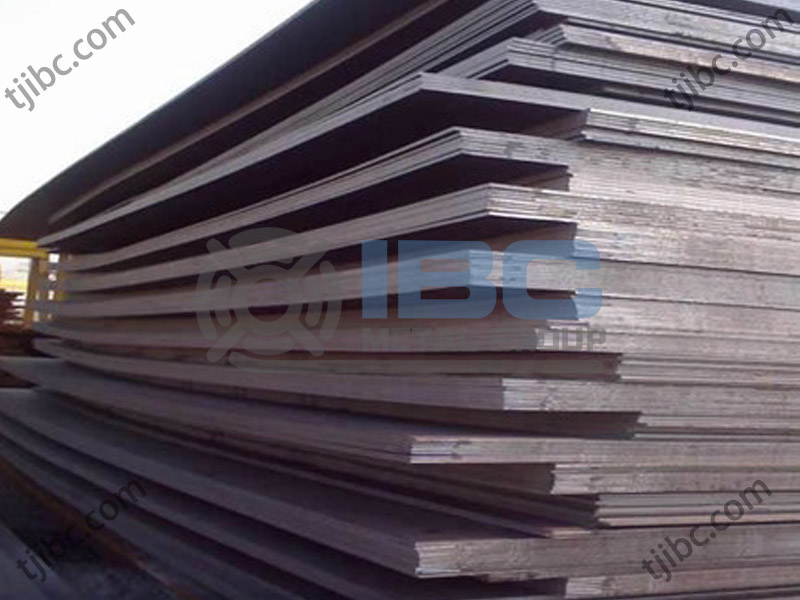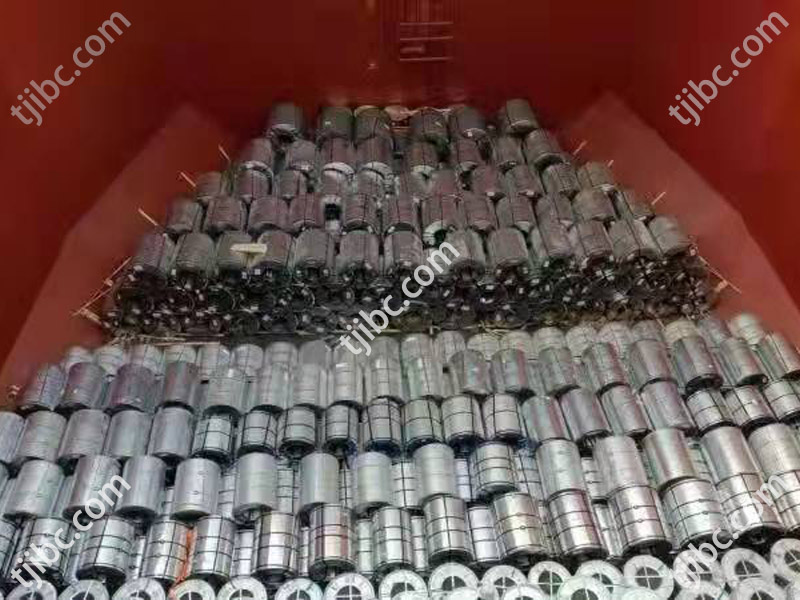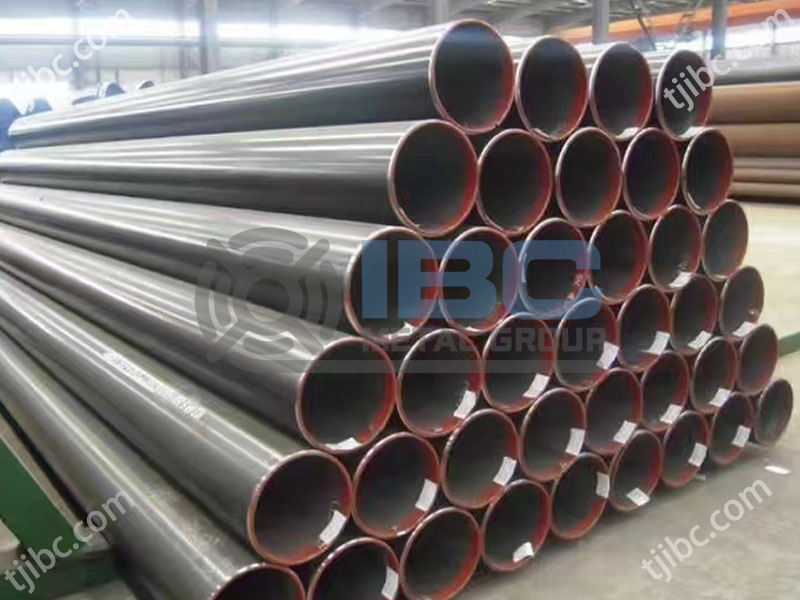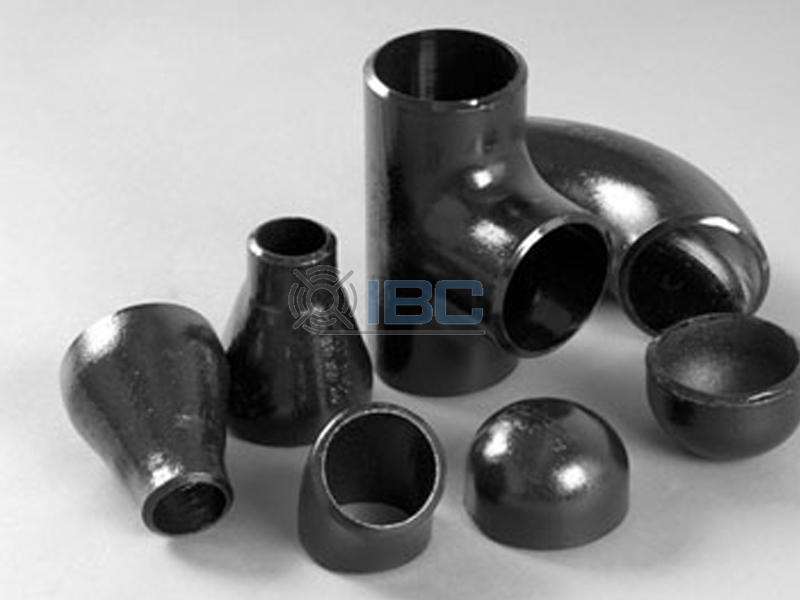Pickling is a process that chemically removes iron oxide from the surface of steel. And workers usually use a specific concentration of acids at a certain temperature and speed. The classification of automotive pickled steel is based on the type of acid, including sulfuric acid pickling, hydrochloric acid pickling, nitric acid pickling and hydrofluoric acid pickling.

Production Process 1
1. Pre-treatment: First of all, the steel is pre-treated, this step is crucial. This is because it lays the foundation for the subsequent pickling process. Pretreatment mainly involves the removal of oil, dust and other impurities from the surface of the steel. This can be done by mechanical cleaning, solvent cleaning or other effective methods. The purpose of pretreatment is to provide a clean, impurity free surface so that the pickling solution can contact the steel surface more effectively.
2. Pickling: The next stage is pickling. In this step, the pre-treated steel is placed into a pickling tank containing the appropriate amount of acid. The choice of acid depends on the type of steel and the desired surface quality. Common acids include sulfuric acid, hydrochloric acid and phosphoric acid. During pickling, it is necessary to control the concentration, temperature and soaking time of the acid solution to ensure that the oxide scale. And rust on the steel surface can be fully dissolved and removed. At the same time, proper mixing also helps to improve the pickling effect.
Production Process 2
3. Washing and neutralization: After pickling is complete, the worker needs to wash the steel. This removes acids and dissolved substances that remain on the surface. Usually rinse with clean water, pay attention to control the washing time and water temperature, to avoid secondary pollution to the steel. After washing, it may also be necessary to neutralize, using an alkaline solution to remove surface acids. This ensures acid-base balance on the steel surface.
4. Drying and post-treatment: After washing and neutralizing, workers dry the steel to remove surface moisture. Either natural drying or hot air drying will dry the steel. After drying is complete, post-treatment, such as oiling or rust prevention. It may also be required to enhance corrosion resistance and extend the service life of the steel.

Advantages of Automotive Pickled Steel
1. Good corrosion resistance: the surface quality of the steel after pickling treatment is significantly improved. It can effectively resist the erosion of the external environment, thus extending the service life of the car.
2. Good forming performance: Automotive Pickled Steel has excellent forming performance, which makes processing and forming in the automobile manufacturing process easier and improves production efficiency.
3. Good painting performance: pickling treatment improves the surface quality of steel, makes its painting performance better, and provides a more beautiful appearance for the car.
4. High surface quality: compared with the hot-rolled plate, the pickling plate removes the surface oxide sheet, improves the surface quality of the steel, and is convenient for welding, oiling and painting.
5. High dimensional accuracy: After pickling treatment, the dimensional accuracy of steel is improved, reducing the deviation of unevenness, which is conducive to ensuring the accuracy requirements of automobile manufacturing.
6. Reduce costs: The use of pickling plate instead of other types of steel, such as cold-rolled plate, can effectively reduce procurement costs, in line with the needs of enterprises for high-performance, low-cost materials.

Contact with us today!



